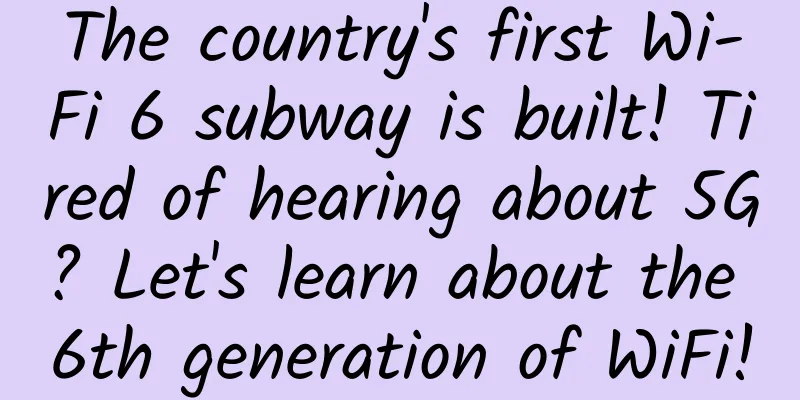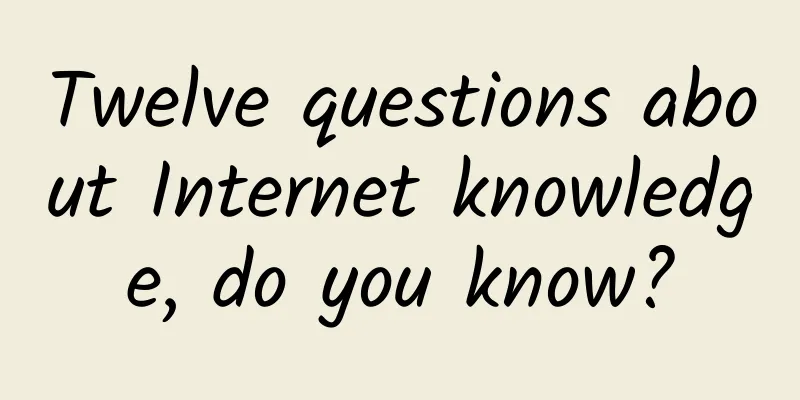What will 5G replace?

What will 5G replace?5G's lightning-fast speeds and ultra-low latency are expected to replace current technologies like Wi-Fi and broadband in the coming years, especially when it comes to IoT networks. 5G will drive a connectivity revolution that, as CNET reports, "could unleash the full power of other hot tech trends, driving self-driving cars, drones, virtual reality and the Internet of Things." The realization of this promise may be slower than many expect, especially in less densely populated areas, which will require significant investments in infrastructure. 2019 has been touted as the year 5G becomes a commercially viable technology. However, as providers such as Verizon continue to roll out 5G networks in major U.S. cities, their ability to extend millimeter wave coverage into suburban and rural areas has been limited. Potential users of 5G IoT, such as city governments, manufacturers, and healthcare providers, will need time to develop sound implementation strategies. The question of if or when 5G will completely replace current services is not easy to answer, given the challenges of building adequate infrastructure and keeping 5G networks secure. This is also influenced by the fact that most 5G networks in North America use the non-standalone (NSA) version of 5G, which depends on the underlying LTE core network. Providers plan to move to standalone (SA) 5G in the future, but this will take time. Currently, advanced 4G LTE, Wi-Fi and edge processing solution platforms support the rapid expansion of connected mobile and IoT devices. Consulting firm Bloor said these technologies will continue to coexist alongside emerging 5G networks, which are not expected to be fully deployed until at least around 2025. The role of current network standards in a 5G worldWhile 5G may eventually replace current cellular standards in the development of the Internet of Things, as Andy Egan, director of Adept IT, predicts, other technologies such as Ethernet may continue to coexist with 5G networks. Andy Egan said: "Especially for servers, I expect to still use Ethernet for a long time in the foreseeable future." Laurie Patton, former executive director of Internet Austria, put it this way: "The view of most experts is that 5G networks will be a supplement to fixed broadband services, not a replacement." In the gradual transition to 5G, other services will continue to move forward to meet the needs of the expanding Internet of Things. The complementarity of 5G and existing technologies may also extend to Wi-Fi. Wi-Fi in particular remains a strong wireless solution for a variety of use cases. Despite the revolutionary potential of 5G and the hype about its applications, the Wi-Fi market is expected to grow by 21.2% by 2022. The quality and performance of Wi-Fi will be improved, and with innovations such as Ericsson and Cisco's "Evolved Wi-Fi Network (EWN)", 5G may not completely replace Wi-Fi for some time. 5G Innovation in the Internet of ThingsWhen it comes to many IoT use cases such as smart manufacturing, some companies have already started looking at what 5G can replace or start over. For example, Audi, BMW and Volkswagen have proposed replacing their Wi-Fi and Ethernet networks with 5G. 5G will surpass these in some key ways, making it a better choice for multiple IoT uses, especially those that require fast mobility, ultra-low latency, such as manufacturing, autonomous vehicles and healthcare. Those companies willing and able to invest in infrastructure will be ready to reap the transformative benefits of the 5G IoT ecosystem. Transitioning from NSA 5G to fully standalone SA 5G will further unlock the full power of 5G capabilities. There are many challenges in scaling 5G infrastructure for massive IoT. They go beyond the meticulous standards adoption work done by 3GPP to ensure interoperability and include developing short- and long-term growth plans, solutions to reduce power consumption, and expanding the capacity of backhaul networks and the internet to handle the massive amounts of data that will be transmitted over 5G networks. Until 5G meets these challenges, we will likely continue to see the evolution of LTE, Wi-Fi, Ethernet, and other network technologies. The overall transition will take some time, and it seems likely that IoT deployments will evolve toward full 5G while also leveraging advances in current wireless and wired network technologies. |
<<: In order to make your Internet more enjoyable, what have routers experienced over the years?
Recommend
5G packages are cheaper, with the price per GB of traffic reduced to 4.4 yuan: Do you meet the requirements?
In November 2019, when 5G was officially commerci...
CloudServer: $12/quarter-single core, 4G memory, 30G NVMe disk, 5TB/10Gbps New York data center
CloudServer is a foreign hosting company founded ...
Important event preview: Here is an invitation to smart education
With the release of the "Education Informati...
RAKsmart popular cloud server starts from $1.99/month, Hong Kong/Japan/Singapore/Korea/US data centers
In April, RAKsmart offers a hot sale and regular ...
[Black Friday] HawkHost virtual hosts up to 30% off, reseller hosts up to 50% off, cloud servers up to 30% off
HawkHost's Black Friday promotion starts at 1...
The Evolution of Ethernet: From 10BASE-T to 40GBASE-T and Beyond
The Evolution of Ethernet: From 10BASE-T to 40GBA...
Facing Huawei 5G, the United States is showing its hand
Originally, in the context of the "big cake&...
DediPath New Year's Day promotion: 1Gbps unlimited traffic VPS from $9 per year, dedicated server from $39/month, multiple data centers in Los Angeles and other places
DediPath has launched another promotion during th...
What does the arrival of 5G mean for the Internet of Things?
In today’s fast-paced, hyper-connected and tech-e...
Aruba ESP Announces Major Update to Cloud Native Services to Automate and Accelerate Deployment and Protection of Edge-to-Cloud Networks
Aruba, a subsidiary of Hewlett Packard Enterprise...
Here is a list of RackNerd's cheap promotional packages, starting from $9.89 per year
RackNerd has a certain position among low-cost VP...
5G VS Wi-Fi6: What are the differences in technology? Which one is more mature in application?
[[415817]] 5G is the abbreviation for the fifth g...
The UK invests £1 billion to build a full-fiber network, and 5G and ultra-fast broadband will soon benefit 2 million households
[[177138]] In the near future, 2 million househol...
The momentum of large-scale commercial use of NB-IoT is unstoppable
The Internet of Things is the only way to the int...
Knowledge Popularization | 7 Deployment Solutions for 5G Private Networks
[[315546]] What is 5G private network? 5G private...









